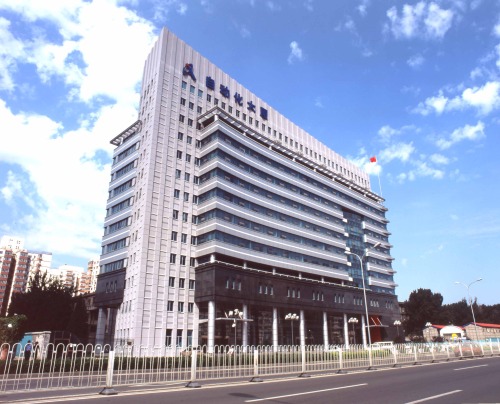中国科学院自动化研究所成立于1956年,以智能科学与技术为主要定位,是中国科学院率先布局成立的“人工智能创新研究院”的总体牵头单位,是中国最早开展类脑智能研究的国立研究机构,也是国内首个“人工智能学院”牵头承办单位。
自动化所长期坚持“智能科学与技术”研究,在复杂系统智能集成、模式识别、机器学习、计算机视觉、语音语言信息处理、类脑智能、智能机器人、智能系统和智能芯片等领域形成了鲜明的学科优势和技术特色,具有从原始创新、核心关键技术研发到技术转移转化的完整智能技术创新链。
自动化所现有包括模式识别国家重点实验室、复杂系统管理与控制国家重点实验室、国家专用集成电路设计工程技术研究中心三个国家级平台在内的研究中心14个,与国际及港澳台地区研究机构共建中欧联合实验室等合作创新平台5个。

The Institute of Automation of the Chinese Academy of Sciences (CAS) was founded in 1956. With the main orientation of intelligent science and technology, it is the overall lead unit of the "Institute of Artificial Intelligence Innovation" established by CAS. It is the first national research institution to carry out brain-like intelligence research in China, and the first leading organization of the "Institute of Artificial Intelligence" in China.
Adhering to the research of "intelligent science and technology" for a long time, the Institute has formed distinct disciplinary advantages and technical characteristics in the fields of intelligent integration of complex systems, pattern recognition, machine learning, computer vision, speech and language information processing, brain-like intelligence, intelligent robots, intelligent systems and intelligent chips. It has a complete intelligent technology innovation chain from original innovation, core and key technology research and development to technology transfer and transformation.
At present, the Institute has 14 research centers, including three national platforms: the State Key Laboratory for Model Identification, the State Key Laboratory for Complex System Management and Control, and the National ASIC Design Engineering Technology Research Center. It also has 5 cooperation and innovation platforms, such as the Sino-European Joint Laboratory jointly built with international research institutions in Hong Kong, Macao and Taiwan.